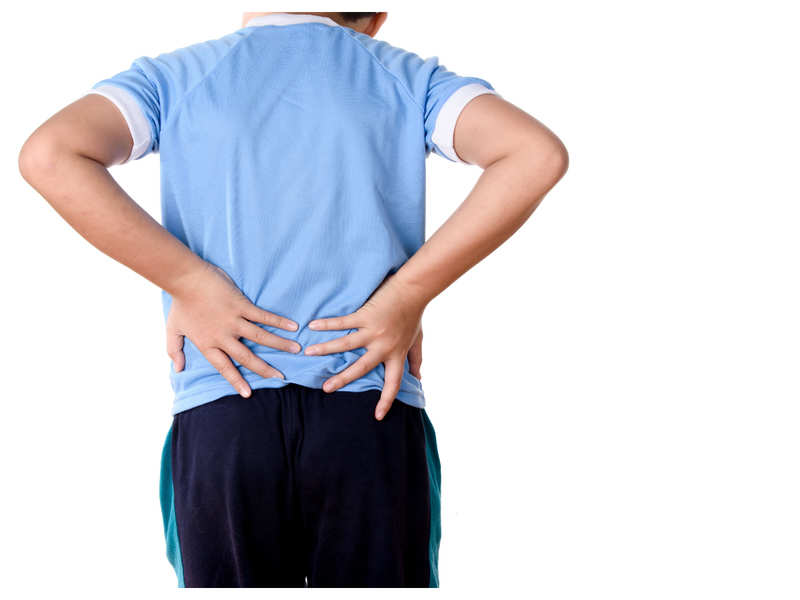There are multiple ways to make inactive people active.
Goals should be small and realistic like designing a small chart to write out your fitness goals and try to stick to it as much as possible. Once you achieve the goals, you can change them and raise your activity/fitness.
Walking to the metro or railway station if possible to add fitness to your commute, parking the car farther away from the entry of your office will add more walking/activity time to your day.
Walk and talk during mobile phone calls: Walking around every time you get a call on your mobile phone. This will be a break from sitting for long hours at your desk and also get in a little activity throughout the day. Don’t stop during long conversations, pick up the pace instead.
Practicing 10 minutes of deep breathing/pranayama in the morning, while watching television, between work hours or before going to bed is very effective to lose weight and stay healthy.
Socialize more often. Dancing can help burn more than 200 to 300 calories every 30 minutes. One can lose up to 2 to 3 kgs a year by laughing for 10 to 15 minutes every day.
Workstation exercises to perform at the workstation/desk are very important to prevent repetitive strain injuries. It also helps to reduce physical inactivity at work.
Alternatively, sweat it out at the gym, aerobics class, yoga class etc.
The benefit of leading a physically active life is to achieve a better quality of life. Other positive outcomes of physical activity include: Reduce stress, improved sleep, improves mood, increases productivity at work, etc.
Most common physical activity barriers:
Lack of time
Health clubs are expensive
Need of a trainer to motivate
Common question asked is how much physical activity should we do?
All adults (19 to 64) should aim for at least 150 minutes of moderate intensity activity, in bouts of 10 minutes or more, each week. This can also be achieved by 75 minutes of vigorous activity across the week or by a mixture of moderate and vigorous. All adults should undertake muscle strengthening activity, such as: exercise with weights, yoga or carrying heavy shopping, at least 2 days a week. Moderate intensity activities include Walking, dancing, cycling, swimming, and gardening.
Minimize the amount of time spent sedentary (sitting) for extended periods. Many of us spend in excess of 7 hours per day sedentary. Everyone should be encouraged to reduce the amount of sedentary time by reducing time spent playing video games, using a computer or watching TV.
Example of a hypothetical physically active adult:
Physical activity or exercise of any type is like a small investment of time and energy for a healthy future. One should keep in mind the effects of inactivity which leads to problems later in the life. Physical inactivity may increase the risks of certain cancers, anxiety, depression, certain cardiovascular diseases, obesity, high blood pressure and elevated cholesterol levels.
Hence, on this occasion of world physiotherapy day, I would like to promote ways to make inactive people active thereby promote physical health.
Dr Shreyas Katharani , Head of Physiotherapy department at Jaslok Hospital and Research Centre

